 "traderQAMobileTestAutomationMobileBoostOn" (el-peasant)
"traderQAMobileTestAutomationMobileBoostOn" (el-peasant)
07/09/2016 at 14:28 • Filed to: None
 1
1
 16
16
 "traderQAMobileTestAutomationMobileBoostOn" (el-peasant)
"traderQAMobileTestAutomationMobileBoostOn" (el-peasant)
07/09/2016 at 14:28 • Filed to: None |  1 1
|  16 16 |
I reckon its the late ‘80s and early ‘90s. Discuss below.
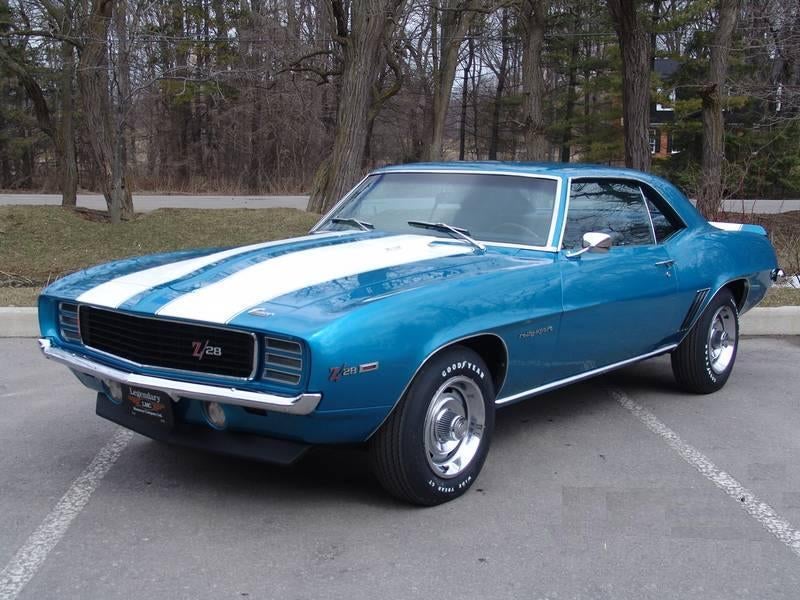
Vintage muscle : Raw power, carburetors, bias ply tires, no driver aids or safety whatsoever, wet noodle, rode like a truck compared to today.
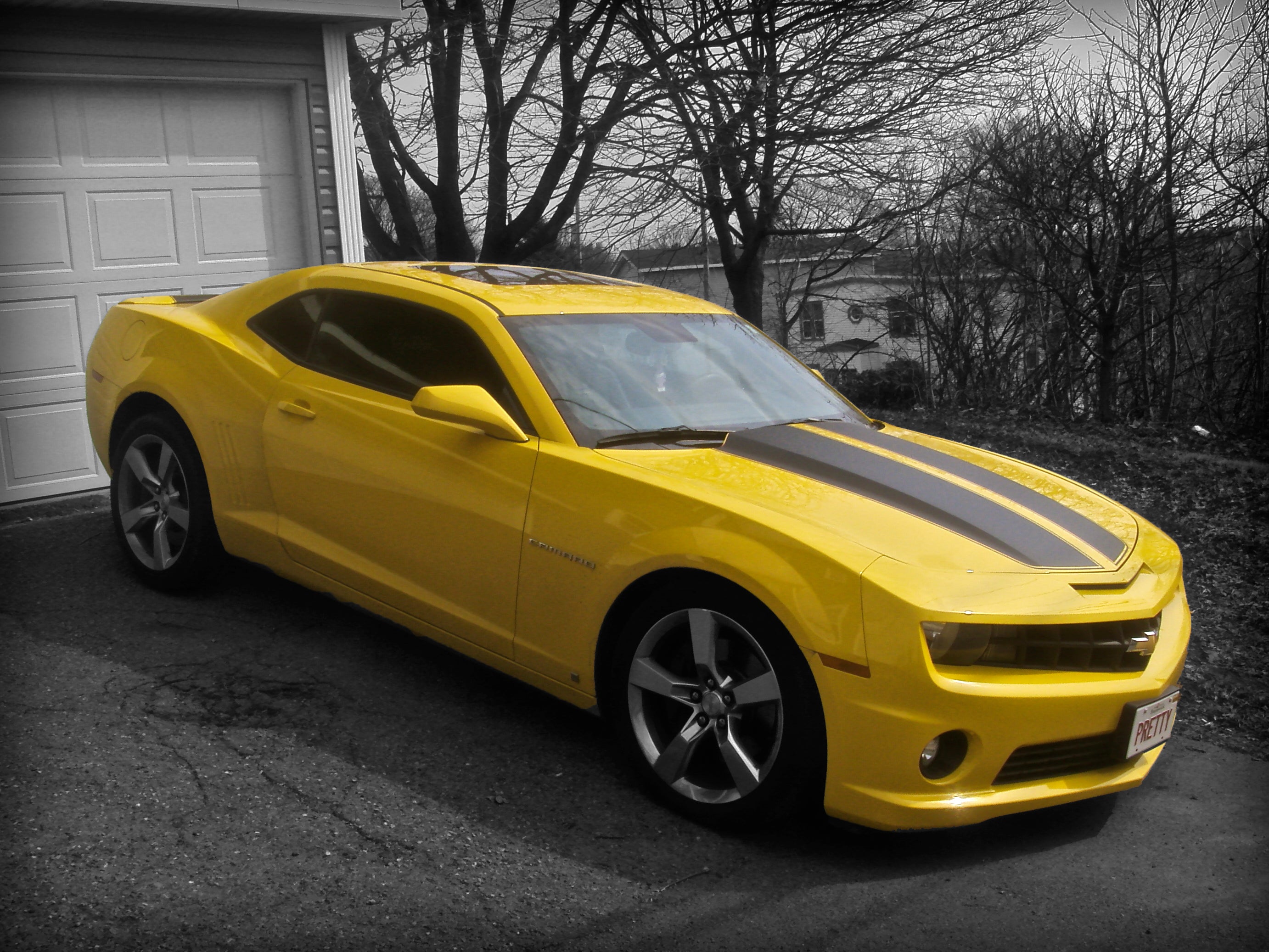
Modern muscle : Controlled power, modern fuel injection, large concessions to safety, handling, driver aids, and interior quality.
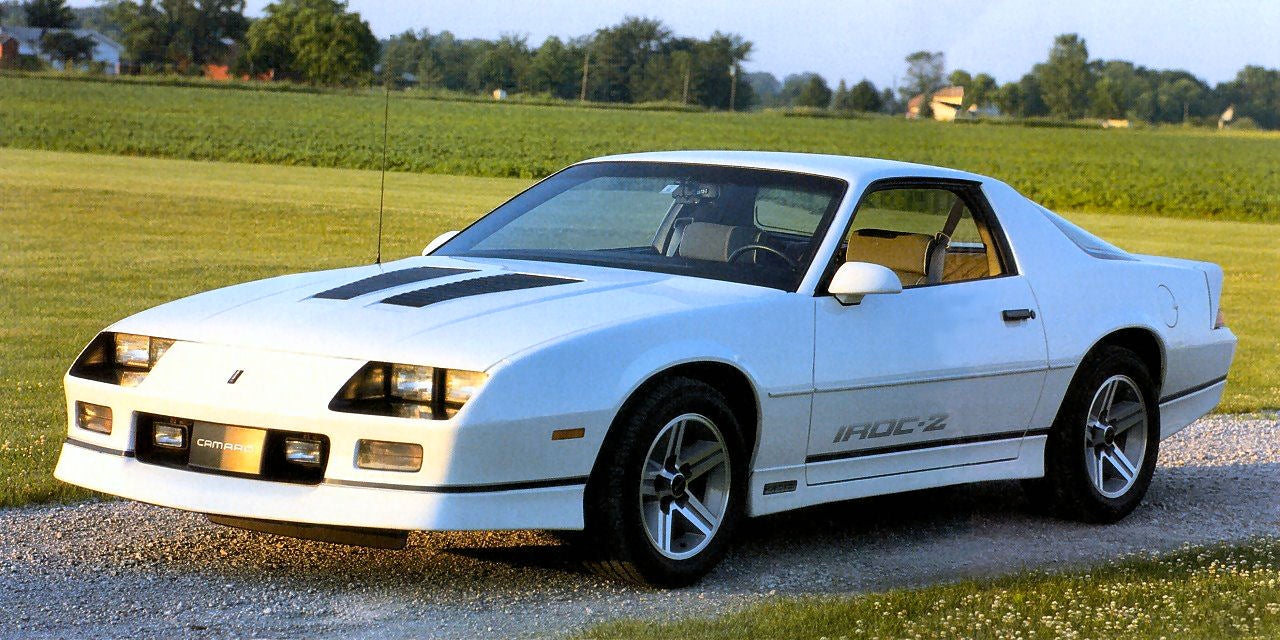
Mid-age muscle : Somewhere in the middle on all aspects (except power - which is lower than both - but so is the price.)
 gawdzillla
> traderQAMobileTestAutomationMobileBoostOn
gawdzillla
> traderQAMobileTestAutomationMobileBoostOn
07/09/2016 at 14:35 |
|
LS swap fixed everything
 Sweet Trav
> traderQAMobileTestAutomationMobileBoostOn
Sweet Trav
> traderQAMobileTestAutomationMobileBoostOn
07/09/2016 at 14:37 |
|
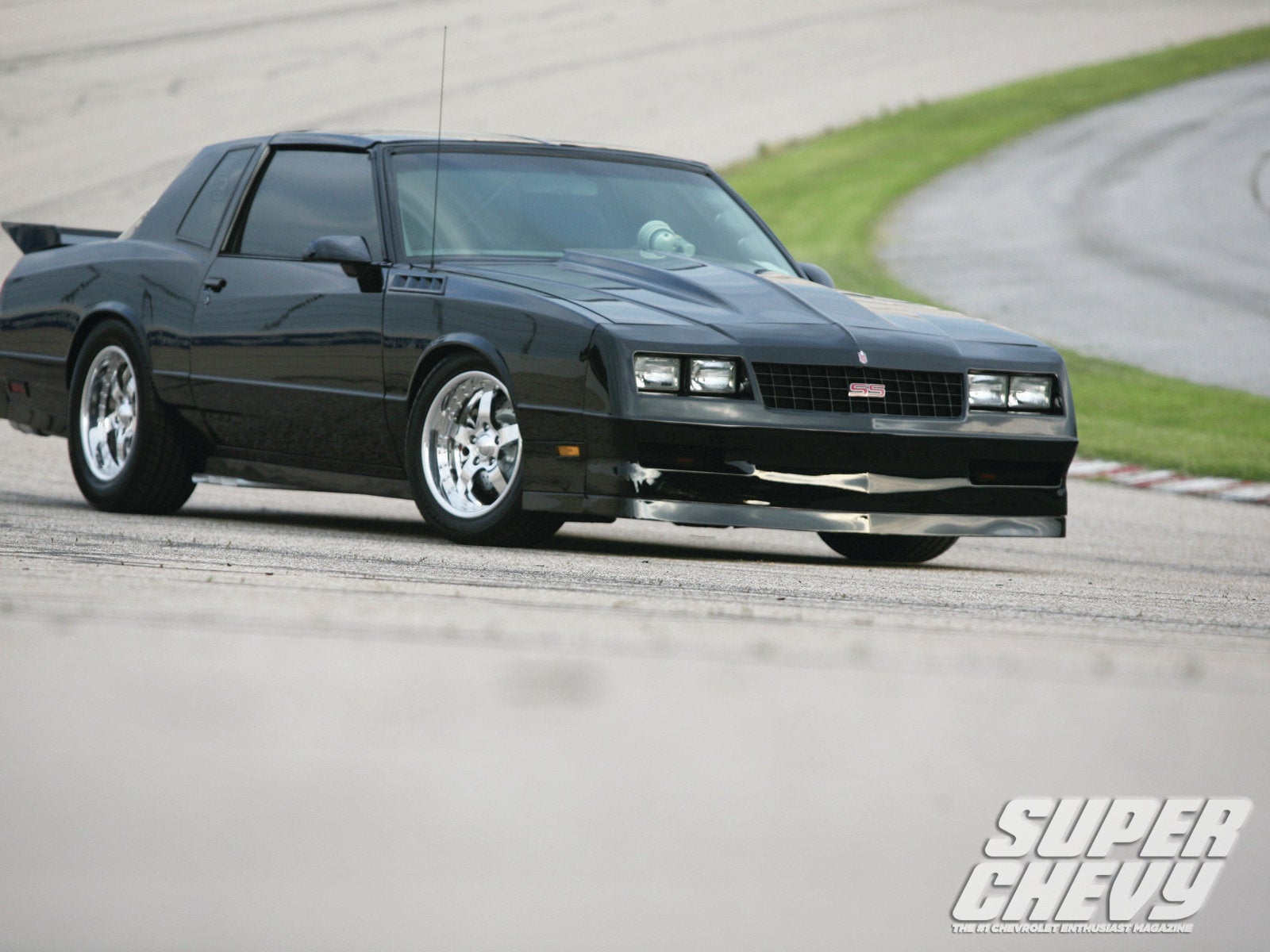
I would actually argue that the 1980's GM G-body was the last true muscle car. Full Body on Frame, V8, RWD, Carb and Dual exhaust.
Camaro/Mustang was more of a Pony car thing.
 traderQAMobileTestAutomationMobileBoostOn
> Sweet Trav
traderQAMobileTestAutomationMobileBoostOn
> Sweet Trav
07/09/2016 at 14:39 |
|
A V8 RWD American performance car, I’ll still keep muscle in the title to simplify things.
 Sweet Trav
> traderQAMobileTestAutomationMobileBoostOn
Sweet Trav
> traderQAMobileTestAutomationMobileBoostOn
07/09/2016 at 14:43 |
|
I mean 85-86 was kind of the rebirth of performance. 190 hp on GM’s side from the 305 HO and Ford with the 5.0 Roller motor.
Here’s a good read on GM side
http://www.stangbangers.com/85_BuickGrandN…
Another good one that includes a few FERDS and some classic muscle.
http://www.g-body.org/Magazine/85mus…
 traderQAMobileTestAutomationMobileBoostOn
> Sweet Trav
traderQAMobileTestAutomationMobileBoostOn
> Sweet Trav
07/09/2016 at 14:49 |
|
Welp. You got me surfin’ the classifieds now for G-Body Montes.
 Sweet Trav
> traderQAMobileTestAutomationMobileBoostOn
Sweet Trav
> traderQAMobileTestAutomationMobileBoostOn
07/09/2016 at 14:51 |
|
I did a write up on why to get one!
http://oppositelock.kinja.com/top-five-reaso…
Just get a rust free car, G-bodies from northern states are almost always rust buckets!
 Danger
> traderQAMobileTestAutomationMobileBoostOn
Danger
> traderQAMobileTestAutomationMobileBoostOn
07/09/2016 at 15:41 |
|
Grand National is the bridge (Sequential Fuel Injection, Overdrive transmission, forced induction). The 80s F-Bodies look cool, but did not have the tech or performance.
That’s my two cents.
 daender
> traderQAMobileTestAutomationMobileBoostOn
daender
> traderQAMobileTestAutomationMobileBoostOn
07/09/2016 at 15:42 |
|
The second-generation Camaro (also the C3 Vette) is a prime candidate to show how muscle changed.
1970:

Just look at it. Split metal bumpers, big blunt nose, and chrome trim where tasteful coupled with a variety of engines ranging from the muscle car 396 (really 402) cubic-inch L78 on the SS to the more road-racing-oriented LT-1 350 cubic-inch mill found in the Z/28 courtesy of the C3 Vette. All carb mechanical might here.
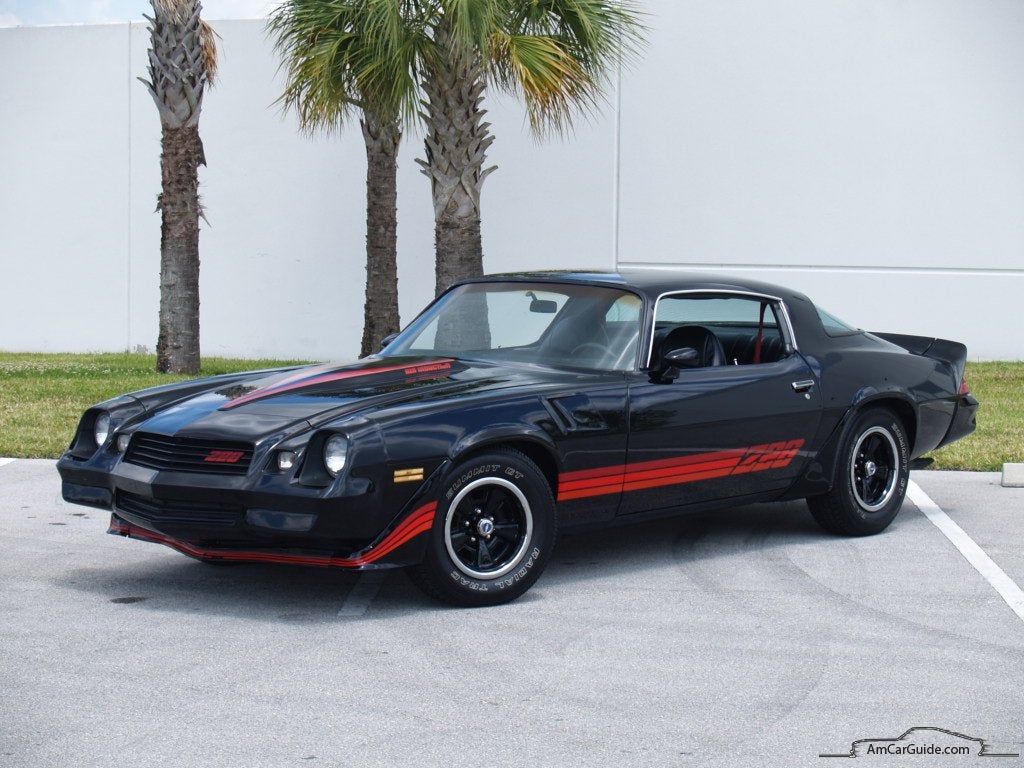
Flash-foward to 1981 and it’s the final year of this Camaro’s generation. Gone is most of the chrome trim...along with its performance. Pedestrian-friendly rubber bumpers replace chrome and steel while the nose was reshaped to be more aerodynamically-efficient. ‘81 was also the first and only year you could get a 2nd-gen Camaro with an on-board Computer Command Control unit. That means an oxygen sensor, an electronically controlled carburetor, a throttle position sensor, coolant sensors, a barometric pressure sensor, a Manifold Absolute Pressure sensor (MAP), and a check engine light on the dash...it’s a predecessor to today’s ECUs! This was the Camaro to make the leap into the digital age...for better or worse.
 DipodomysDeserti
> Sweet Trav
DipodomysDeserti
> Sweet Trav
07/09/2016 at 16:33 |
|
190 hp from a 305 V8? Definitely not the rebirth of muscle. I have a 300+ hp 350 sitting in a 60 year old truck and a 160 hp 1.4L in a little Italian hatchback sitting in my driveway right now. America should have just stopped makin cars from the 70s-2008.
 Sweet Trav
> DipodomysDeserti
Sweet Trav
> DipodomysDeserti
07/09/2016 at 19:34 |
|
Considering the 305 made 130 hp in 1979, it was the rebirth of muscle in the 80's
 Sweet Trav
> Danger
Sweet Trav
> Danger
07/09/2016 at 19:40 |
|
Orly? These things mopped the floor with GN’s 300lbs lighter, better suspension and more power than the standard GN.
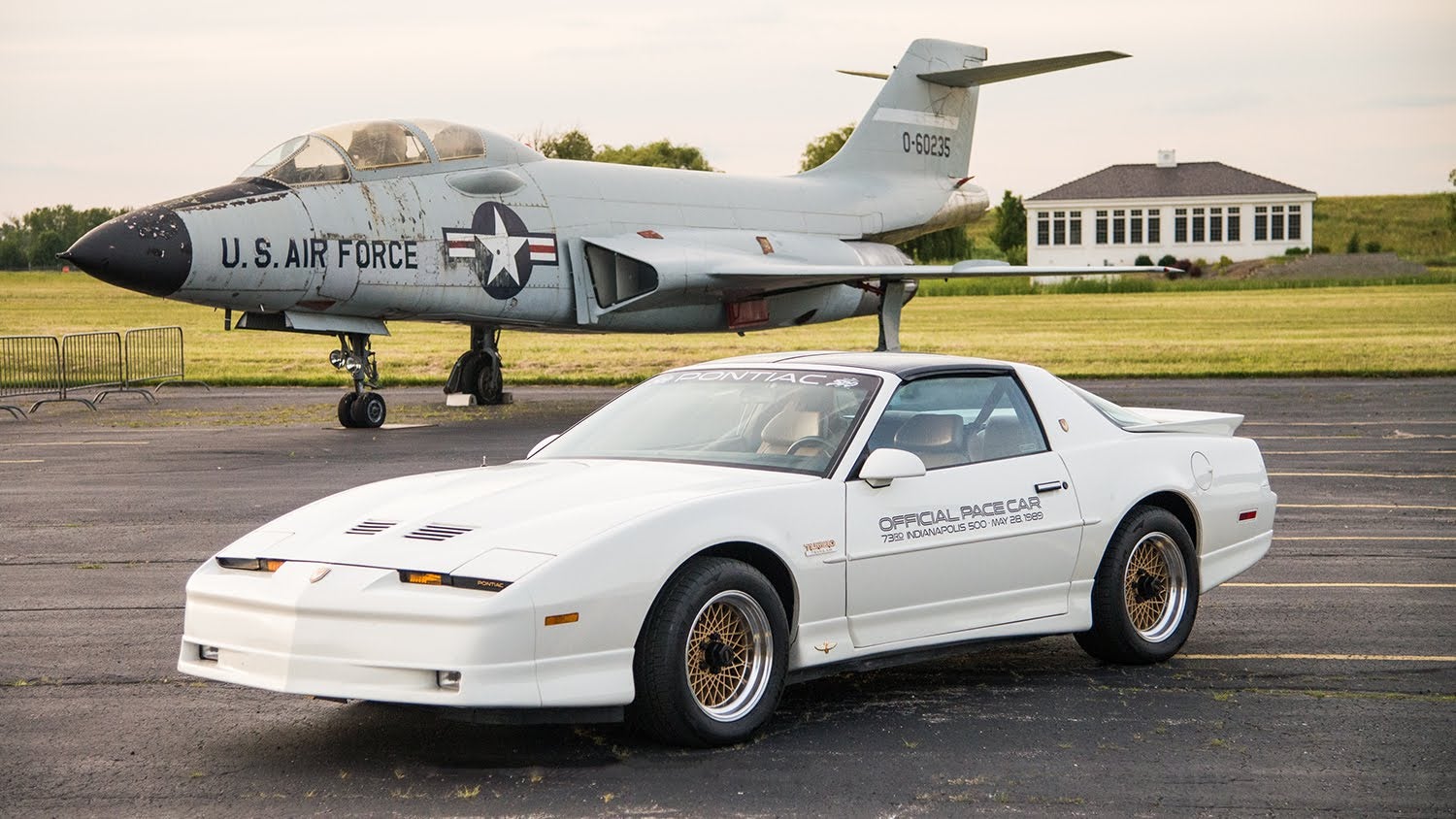
 DipodomysDeserti
> Sweet Trav
DipodomysDeserti
> Sweet Trav
07/09/2016 at 19:50 |
|
Going from 300+ hp small block V8s to 130, then 190 hp ones is hardly a rebirth. How did they get that little hp out of a V8? I have 450cc motorcycle with an engine from the 60s that makes almost 50 hp. I could strap four of them together and make 400 hp.
 Danger
> Sweet Trav
Danger
> Sweet Trav
07/09/2016 at 19:52 |
|
The F-Body with a GN motor? Yeah it was awesome, because it took the engine of a GN and put it in a lighter vehicle.
 Sweet Trav
> Danger
Sweet Trav
> Danger
07/09/2016 at 20:05 |
|
A good engine doesn’t make a good car. The G-body chassis was lightyears behind the F-body. Body on frame vs unibody, Triangulated four link rear vs Torque arm + trailing links with a Panhard bar.
Trust me there isnt a stauncher supporter of the G-body, but the F-body is superior in just about every way. (with the exception of the 200-4r which is waaaaay better than a 700-r4) taking the hot motor of the day and combining it with the better chassis was a brilliant move.
Also the factory F-bodies were fuel injected with TPI.
 Danger
> Sweet Trav
Danger
> Sweet Trav
07/09/2016 at 20:27 |
|
I agree about the chassis, but still see the GN motor as the bridge to modern muscle cars. It is all about the computer managing the engine. The tpi was a crude way to fuel inject vehicles. The SFI developed by Buick for racing is what set the GN apart.
 Sweet Trav
> Danger
Sweet Trav
> Danger
07/09/2016 at 23:46 |
|
TPI was sequential. The issue at hand is the boost. In fact, give the emissions environment, the TPI system was the more advanced system for the era. Low end torque, drivability and throttle response is what made those cars good, which is very similar the to the engines the OEMs are putting out today.